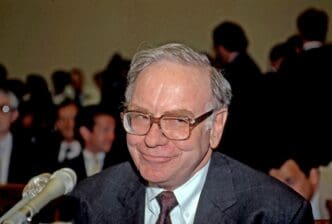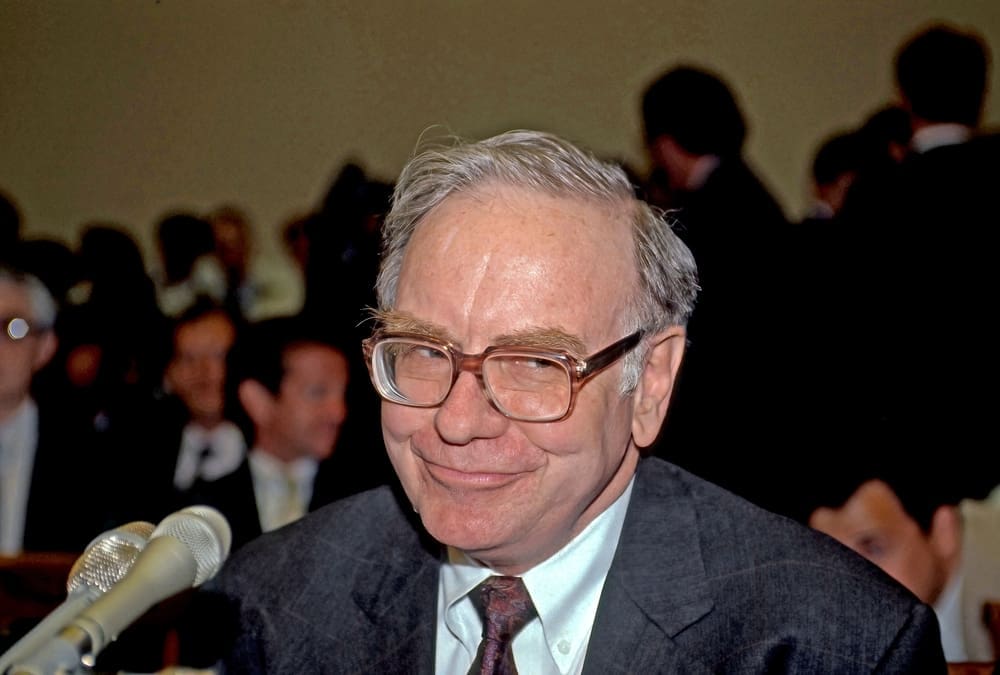Warren Buffett, the celebrated “Oracle of Omaha,” transformed a failing New England textile mill into Berkshire Hathaway, a $900 billion global conglomerate, by pioneering a unique business model that has become the gold standard in long-term value creation. Starting in the mid-1960s, Buffett and his partner Charlie Munger leveraged a powerful financial engine—insurance float—to acquire high-quality, durable businesses at fair prices, creating a self-reinforcing cycle of cash generation and reinvestment. This disciplined strategy, which combines astute capital allocation with a decentralized management philosophy, is the fundamental reason why Berkshire Hathaway has compounded shareholder wealth at a historic rate for over half a century, offering timeless lessons for investors at every level.
The Unlikely Beginning: From Textiles to a Financial Fortress
The Berkshire Hathaway of today bears no resemblance to its origins. When Warren Buffett began buying its stock in 1962, Berkshire Hathaway was a struggling textile manufacturing company in New Bedford, Massachusetts, facing intense foreign competition and declining margins. It was a classic example of what Buffett would later call a “cigar butt” investment—a troubled business available at a price so cheap that there might be one last “puff” of profit left in it.
In 1965, after a dispute with the company’s management over a tender offer, Buffett took controlling ownership. He quickly realized that the textile business was a financial black hole, consuming vast amounts of capital just to remain competitive, with little to no return. The real value, he determined, was not in trying to fix the unfixable textile operations, but in using the company’s cash flow, however meager, as a base for acquiring better businesses.
This decision marked the pivotal moment in Berkshire’s history. Instead of pouring good money after bad, Buffett began to systematically wind down the textile operations and redirect the capital toward more promising ventures. The company officially closed its last textile mill in 1985, long after it had become a holding company for a diverse and growing portfolio of assets.
The Engine Room: How Insurance Float Fuels the Empire
The true genius of the Berkshire model lies in its primary engine: the insurance business. In 1967, Buffett made one of his most important acquisitions, purchasing National Indemnity Company and a smaller sister company for $8.6 million. With this move, he gained access to one of the most powerful financial concepts in the world: insurance float.
What is Insurance Float?
In simple terms, float is the money that an insurance company collects in premiums from customers that it has not yet paid out in claims. Insurers receive cash upfront, but the timing of when they will have to pay for losses is uncertain. In the meantime, they get to hold and invest this large pool of capital—the float—for their own benefit.
Buffett immediately recognized that this float was, in essence, a loan from policyholders. Better yet, it was a loan that often carried a negative interest rate. If the insurance operations were run with discipline and skill, the premiums collected could exceed the eventual claims and operating expenses. When this happens, the insurer makes an “underwriting profit,” meaning they are effectively being paid to hold and invest the float.
A Disciplined Approach
For decades, Berkshire’s insurance divisions, including giants like GEICO and General Re, have been managed with an obsessive focus on underwriting discipline. Unlike competitors who might “chase premium” by writing unprofitable policies just to generate more float to invest, Berkshire has always been willing to shrink its insurance business if it cannot write policies at rates it deems profitable. This discipline is the key to ensuring its float is, on average, better than free money.
This massive, low-cost, and ever-growing pool of capital became the rocket fuel for Berkshire’s expansion. It provided the permanent capital base that Buffett and Munger could then deploy into their other passion: buying great businesses.
The Investment Philosophy: Wonderful Companies at Fair Prices
With the capital provided by the insurance operations, Buffett and Munger needed a clear philosophy for how to invest it. This philosophy evolved over time, largely thanks to the influence of Charlie Munger, from buying “cigar butts” to acquiring truly exceptional companies.
The Power of an “Economic Moat”
The core of Berkshire’s investment strategy is the search for businesses with a durable competitive advantage, a concept Buffett famously termed an “economic moat.” A moat is what protects a company from competitors, allowing it to earn high returns on capital for a very long time. It acts as a barrier, much like a moat around a medieval castle.
Examples of moats in Berkshire’s portfolio include:
- Strong Brands: Companies like Coca-Cola or See’s Candies have brands that command customer loyalty and pricing power.
- Low-Cost Provider: GEICO’s direct-to-consumer model gives it a structural cost advantage over rivals that rely on agents.
- Network Effects: American Express benefits as more merchants accept its cards and more consumers carry them, creating a self-reinforcing loop.
- Regulatory Advantages and Scale: A massive railroad like BNSF has an irreplaceable network of tracks that would be nearly impossible for a competitor to replicate.
By focusing on companies with wide and sustainable moats, Berkshire avoids the constant struggle of commodity businesses and instead invests in enterprises that are built to last.
A Shift in Perspective
Charlie Munger is famously credited with pushing Buffett beyond his purely quantitative, value-focused roots. As Munger put it, “It’s far better to buy a wonderful company at a fair price than a fair company at a wonderful price.” This insight was transformative. It shifted Berkshire’s focus from finding statistically cheap but often mediocre businesses to identifying and acquiring high-quality enterprises that could compound their intrinsic value for decades.
This philosophy also dictates Berkshire’s holding period. Buffett has repeatedly stated, “Our favorite holding period is forever.” This long-term perspective allows the magic of compounding to work and aligns Berkshire with the underlying success of the businesses it owns, rather than short-term stock market fluctuations.
The Structure: Radical Decentralization
Perhaps the most counter-intuitive part of the Berkshire model is its corporate structure. Despite being one of the largest companies in the world, Berkshire Hathaway operates with a tiny corporate headquarters in Omaha, Nebraska, with a staff of only a few dozen people. This is by design.
The model is one of extreme decentralization. Once Berkshire acquires a company, it leaves the existing management in place to run the business with almost complete autonomy. Buffett and Munger’s job is not to manage the day-to-day operations of See’s Candies or BNSF; their job is capital allocation.
The CEOs of Berkshire’s subsidiaries are responsible for running their operations efficiently and protecting their economic moats. Their primary financial duty is to send any excess cash they generate—capital that cannot be intelligently reinvested in their own business at a high rate of return—to the Omaha headquarters. Buffett and Munger then take that cash, combine it with the insurance float, and decide where it should be deployed next.
This structure attracts and retains a specific type of manager: one who loves their business and wants to run it without corporate interference. It creates a culture of ownership and accountability that is rare in a typical conglomerate, where division heads are often shuffled and micromanaged by a central office.
Actionable Lessons for the Modern Investor
While no one can perfectly replicate the Berkshire model without owning a massive insurance operation, its core principles offer a powerful blueprint for personal financial success.
- Think Like an Owner, Not a Renter: When you buy a stock, you are buying a piece of a business. Focus on the long-term prospects and underlying quality of that business, not the daily wiggles of its stock price.
- Seek Out Your Own “Float”: For an individual, float is the difference between what you earn and what you spend. By living below your means, you create a personal “investment float” that you can deploy to build your own wealth.
- Invest Within Your Circle of Competence: Buffett famously avoids industries he doesn’t understand, like complex technology for much of his career. Stick to businesses you can analyze and comprehend.
- Patience is a Virtue: The best investment opportunities are rare. Have the discipline to wait for the “fat pitch” and avoid the temptation to constantly be doing something.
- Prioritize Quality: It’s better to pay a fair price for a great, durable business with a strong moat than to get a “bargain” on a mediocre one facing intense competition.
The enduring success of the Berkshire Hathaway model is not due to a complex algorithm or a secret formula. It is built on a foundation of rational, business-focused principles: use low-cost capital, buy wonderful businesses you understand, and let talented people do their jobs. By relentlessly applying these simple but powerful ideas for more than half a century, Warren Buffett and Charlie Munger built an unparalleled compounding machine and provided a masterclass in wealth creation for generations to come.








